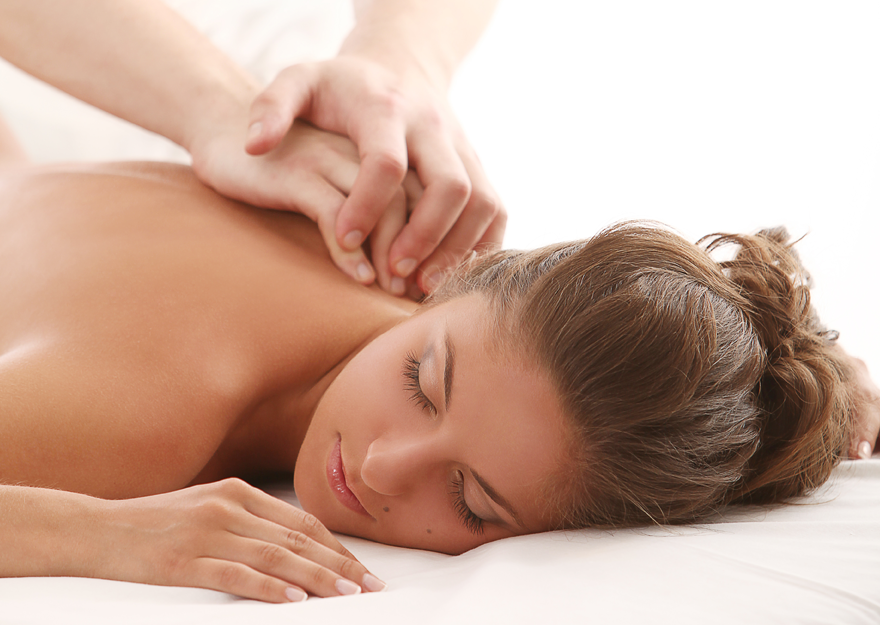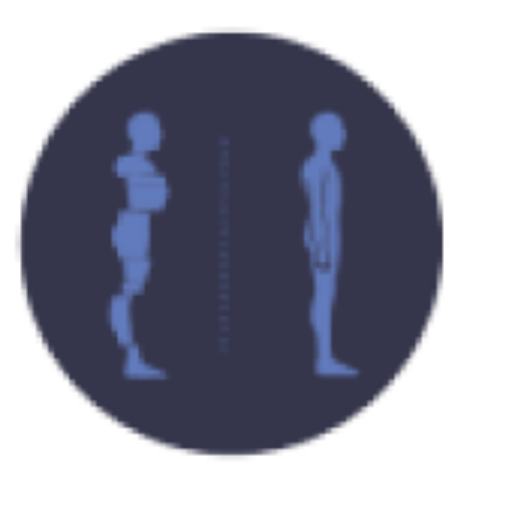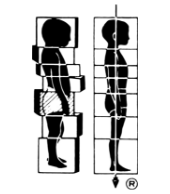NEW CLIENTS INFO
Raleigh Rolfing is located at The Center in Six Forks Office Park off of Six Forks Rd. Finding us the first time can be a little challenging since our address lists as Six Forks Rd but we are actually about 1/4 mile back in the office park. Most GPS will not get you directly to the door although some clients have found that the Waze traffic app will get you directly to us. You can also find a map of our location in the office park on the Appointments & Map page.
Directions From Six Forks:
Turn East onto Office Center Drive. You'll drive down a small hill and up over another and take the 4th right off of Office Center just as you past the crest of the hill and where you see a sign on the right for buildings 8400-8410. Go about halfway down the row of buildings and 8404 Suite 201 will be on your left.
Directions from Strickland:
Turn West onto Anson Way. Take the second left off of Anson towards the two story brick buildings (you'll pass a mailbox at the corner where you turn left). Drive straight between the two two story buildings and go straight at the intersection. Go about halfway down the row of buildings past the intersection and 8404 Suite 201 will be on your left.
If you find yourself at the 100 Suite side of 8404, you're in the right place, just the wrong side. From the 100s, drive or walk down to the end of the row of buildings, come around to the other side and you should find the 200 suites.

Rolfing, in contrast to massage, is ideally performed lightly clothed and without a top sheet. This is to allow clients to move and stretch during the session as an active participant and also to help the Rolfer better track how the client's body is moving and handling the various forces of daily life. It is optional to be draped for purposes of modesty/personal comfort or to have a blanket for warmth but typically the openness of non-sheeted work is more effective.
Most clients receive work in their underwear. Briefs are preferable to boxers for men; traditional underwear and bra work well for women. If you're not comfortable with this stage of undress, other options are available. A pair of loose-fitting, short, cotton gym shorts, or yoga-type stretchy shorts, are good options. If you have questions or concerns about what clothing to wear, please contact your Rolfer.
Rolfing work involves a lot of testing motion throughout the session to determine where there your body is supported and where it is restricted. The more of your body is visible, the better we can track theses tests, hence the reason for underwear being ideal.
We can work with a variety of clothing, just keep the following in mind:
- You will want to be comfortable and mobile. Unlike massage, Rolfing requires you to get up from the table and walk around periodically or stretch into different positions.
- Clothing should not pinch or bind. If you can lie on the table or floor and pull one knee to your chest without resistance, you’re in good shape.
- Clothing should allow us to view and work around your upper legs, mid-back, and neck. If you must wear shorts, please choose ones without zippers, buttons, or pockets if possible. Sports bras are difficult to navigate around the mid-back, so regular bras are preferrable.
- Avoid heavy lycra and denim. Jeans or bicycle shorts, girdles, and other garments containing lycra are very limiting to work through.
RDU Rolfing
We handle your books, so you can confidently handle your business.

Drink Plenty of Water
Hydration of tissues is of distinct importance to the Rolfing work. The more your body is generally hydrated, typically the better the work can land. And if you are under-hydrated normally it's a good move to start building new habits around hydration anyways. We generally suggest you drink enough water to be peeing more or less clear through the day of your session. It is also perfectly acceptable for both client and practitioner to take bathroom breaks as needed during the session.

Keep Exercise Lighter for 24-48 Hours After
Rolfing aims not only to realign structural elements in your body, but also open space up for greater adaptability of movement. The better you move, the more your body tends to keep itself in line and out of trouble. Part of this repatterning involves giving the nervous system time and space to play with the newly reopened possibilities. Walking or swimming are typically good full-body activities to consider but in general any exercise program you are already involved in can serve to help integrate the work. It is advisable though to go a slower and less intense version of your usual on the first time after a session. Do things with a bit less weight, a bit less speed, a bit less distance, etc. will help create a space to explore your form and make better use of the work from your session.
You are generally more than welcome to continue seeing any other healthcare practitioners in line with your Rolfing treatments. Generally, the more good things you are already doing for yourself, the better the results from Rolfing tend to be. Rolfing tends to play well with massage, chiropractic, physical therapy, and others and tends to enhance the results from other therapies. If you are on a regular course of treatment with another practitioner we generally suggest fitting Rolfing in between your other sessions rather than scheduling everything on one day. However, everyone is different and if you find you get better results from multiple modalities in short succession, we are happy to work with that as well. If you have any questions or concerns, please speak to all of your therapists involved about it.
For ease of access, we use an online intake form, please fill it out before coming into the office for your first session. Our online scheduler will send you a link to the intake forms when you schedule a session.
We will go over your health history and goals for the work and do movement or clothed walking assessments when warranted. After we develop an idea of where to start, we'll begin table work. Particular attention will be paid to getting an idea for what sort of touch pressure works best for your body. If you are coming for a Ten-Series then we will cover typical Session 1 territory of ribs, shoulders, and hips with some attention to your problem areas. If you are coming for specific issues, we can work on addressing them directly.
Through the session, your Rolfer will check in with you about pressure, areas of concern with your body, activity level, and other topics pertinent to the work. The goal is to help integrate the changes we achieve on the table back into the rest of your life and help provide with you strategies to further improve once you get home. Every Rolfing session will address a general territory of the body (full body is too much to do in one session) and will almost always end with head and neck work which helps your body orient and integrate the changes.
Most clients come to Rolfing with a particular issue or issues in mind. While there are occasions where a Ten-Series is recommended to start, Raleigh Rolfing typically recommends addressing the main issues directly first and then using a Ten-Series for long-term maintenance if you wish to continue receiving sessions beyond addressing your initial primary complaints. There is plenty of variability between clients but typically clients see lasting forward progress within the first three sessions of Rolfing.
To this end, we typically recommend booking 3 sessions at first to make sure you can get work consistently at a pace that fits for you. If the issues you'd like to address are long-term chronic or acute, we typically recommend 1-2 weeks apart to start. If they are more intermittent or non-acute then 2-4 weeks apart will typically do. If you have questions or concerns, please contact your Rolfer to discuss an optimal plan.
